Longtime viewers know the series inside and out, which makes its little hiccups stand out once you catch them. Animation shortcuts, continuity slips, and timeline tangles pop up across sagas, and once you notice them, they are hard to ignore. None of these take away from the show’s impact, but they do make for some fascinating rewatch details.
Here are ten specific goofs and contradictions that show up across the Saiyan, Namek, Android, and Cell eras. Each entry notes where it happens and what you will see on screen, so you can spot them the next time you revisit the battles that defined an entire anime era.
Gohan’s tail that vanishes and returns
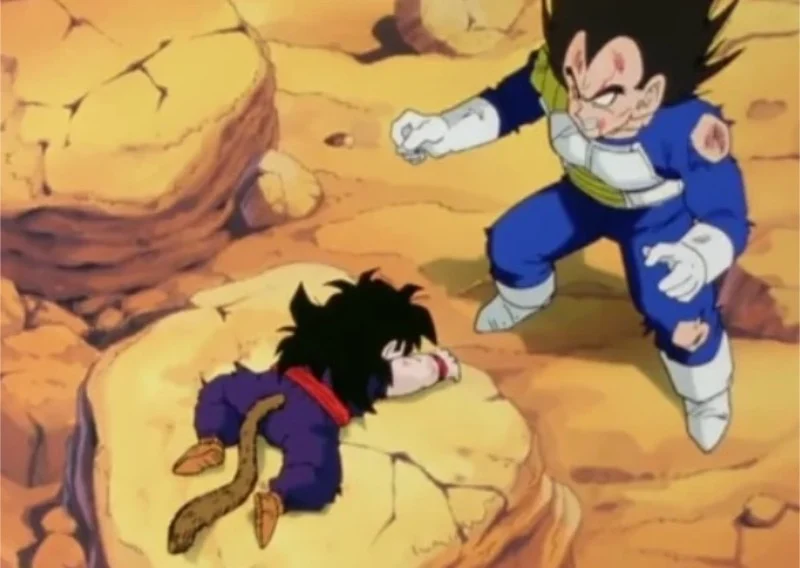 Toei Animation
Toei AnimationEarly in ‘Dragon Ball Z’ Gohan has a Saiyan tail that triggers his great ape transformation. Across the Saiyan and Namek material, the tail disappears, then shows up again, then is gone once more. Episodes show him without a tail during travel or training, then a later scene restores it for a plot beat without on screen explanation.
This comes from switching story priorities and animation reuse. At times the staff animated Gohan model sheets without the tail, while other cuts revert to older layouts that still include it. Later arcs drop the tail completely once the story no longer needs the transformation setup.
A moon that gets destroyed more than once
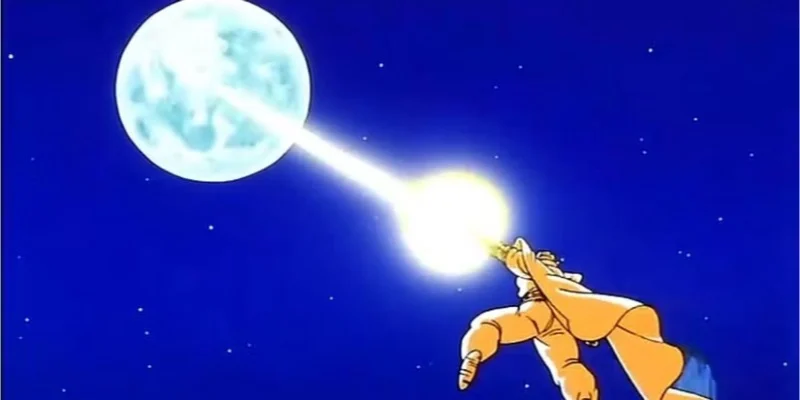 Toei Animation
Toei AnimationIn ‘Dragon Ball’ Master Roshi blows up the moon to stop a great ape transformation. In ‘Dragon Ball Z’ Piccolo later destroys the moon again to prevent Gohan from transforming, even though it should already be gone. The sky scenes and dialogue treat the moon as present with normal phases.
Production materials and scene planning reused the transforming trigger without addressing the earlier event. Some guidebooks suggest the moon was restored off screen, but the show itself does not provide a clear on screen restoration, which leaves the duplicate destruction hanging.
Vegeta’s hair and armor colors that shift within arcs
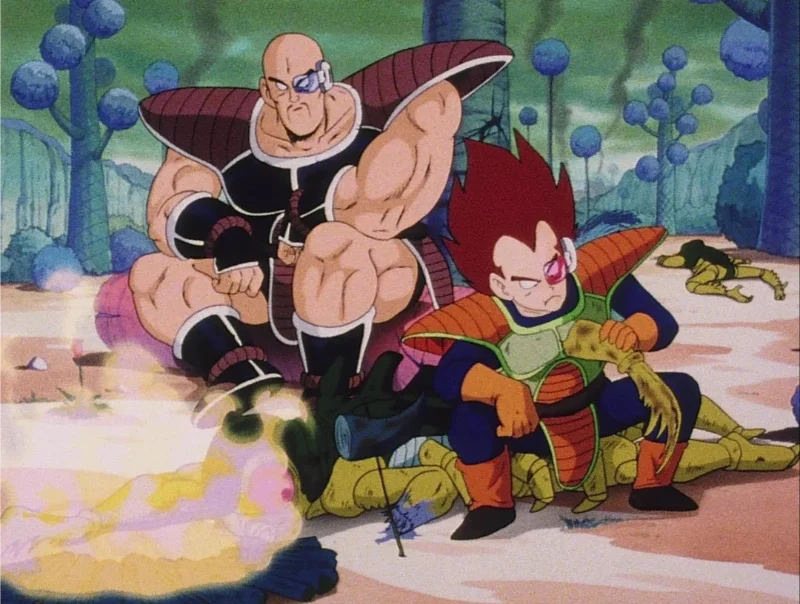 Toei Animation
Toei AnimationDuring the Saiyan arrival and parts of Namek, Vegeta’s hair and armor tones change between shots. His hair reads as dark brown in some outdoor scenes, then shows as jet black in others. Armor plates and undersuit shades also alternate between blue toned and gray toned within the same episode.
These changes stem from differing color keys between studios and day night backgrounds. When cuts from multiple teams are edited together, the palette drift becomes obvious. Later arcs settle on a more consistent model, but the early stretches show the shifts frequently.
Gohan’s age that does not line up with school and tournament timelines
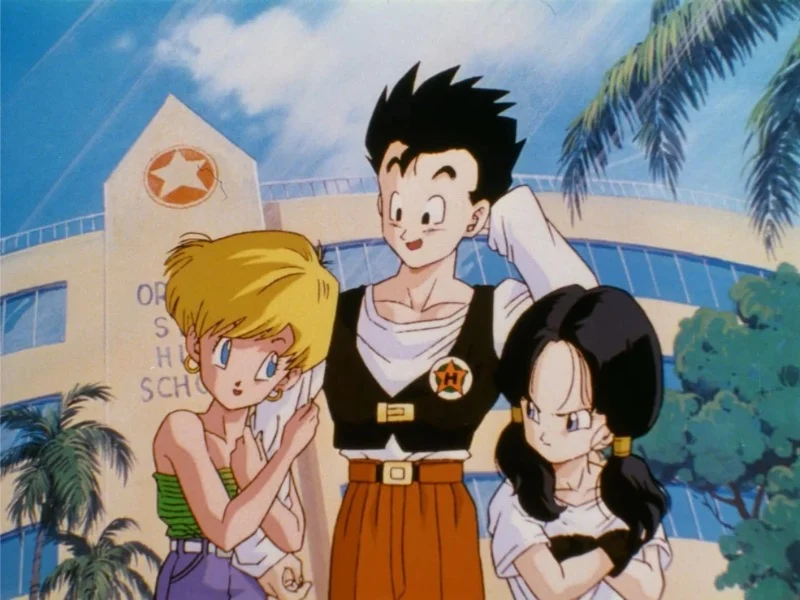 Toei Animation
Toei AnimationDialogue places Gohan’s age at specific points around the Cell Games and his ‘Great Saiyaman’ school life. Counting the time skips and room of spirit time makes his grade level and stated ages conflict with the calendar within the show. Scenes place him as a younger student than the elapsed time would support.
The series stacks training periods, recovery time, and inter arc gaps that are not always pinned to dates. When writers reference his age later, the math does not match earlier statements. The result is a visible mismatch between how old he should be and what his classes and peers imply.
Trunks’s time travel rules that contradict outcomes on screen
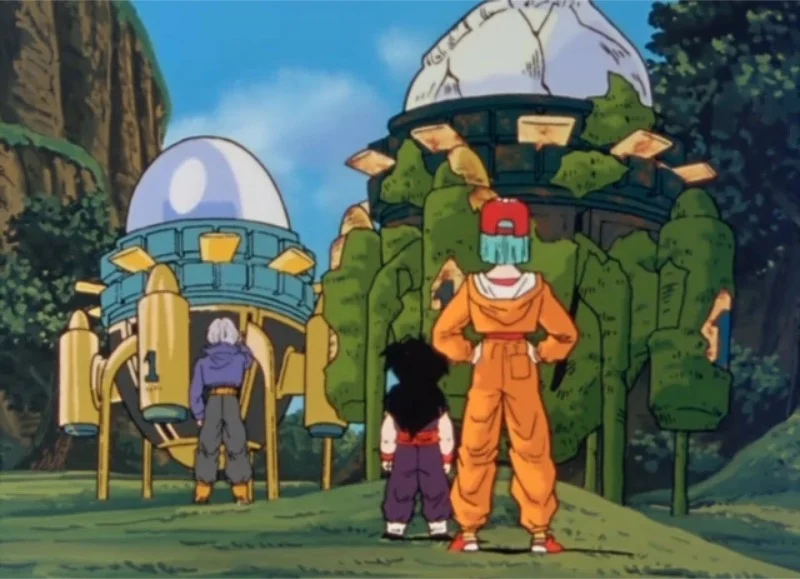 Toei Animation
Toei AnimationFuture Trunks explains that traveling back creates an alternate timeline, which means fixing the past should not change his own future. Yet his future conditions improve after events in the main timeline, including enemy defeats that should not ripple back according to his explanation. Scenes from his return show altered threats that his earlier rules would not allow.
This happens because later episodes treat the time machine like a single line fix while earlier dialogue frames it as a branching path. Story beats needed both models at different moments, which leaves viewers with scenes that cannot both be true under one rule set.
Scouter numbers that swing wildly within the same battles
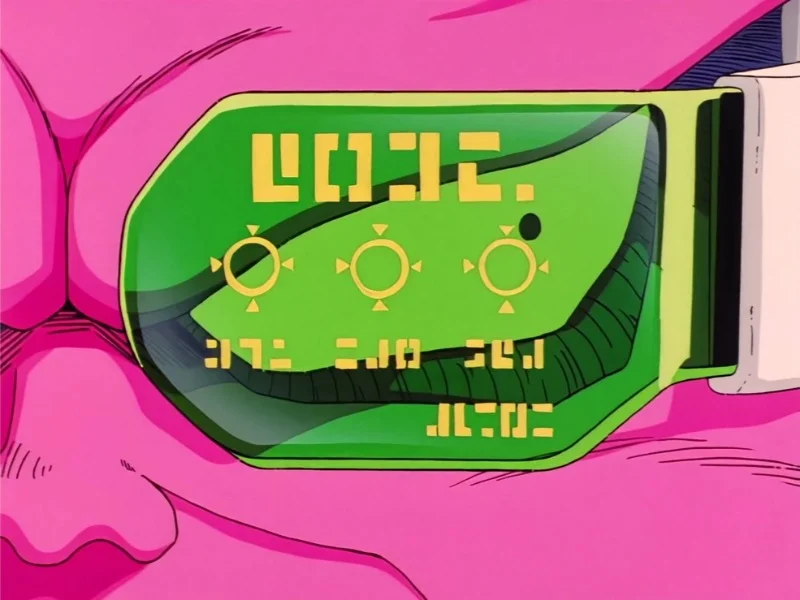 Toei Animation
Toei AnimationFrom Raditz through the Vegeta fight, scouters display numeric readings that jump between cuts. A fighter powers up and numbers spike, then a following shot resets to a lower value without a new event. Some readings for the same technique vary by thousands between different characters’ devices.
The show used the numbers to signal tension rather than to maintain a consistent scale. Different animation teams inserted their own plates, and composite editing stitched them together. As a result, the displayed values function more like dramatic captions than firm measurements.
Halos for the dead that appear and disappear between shots
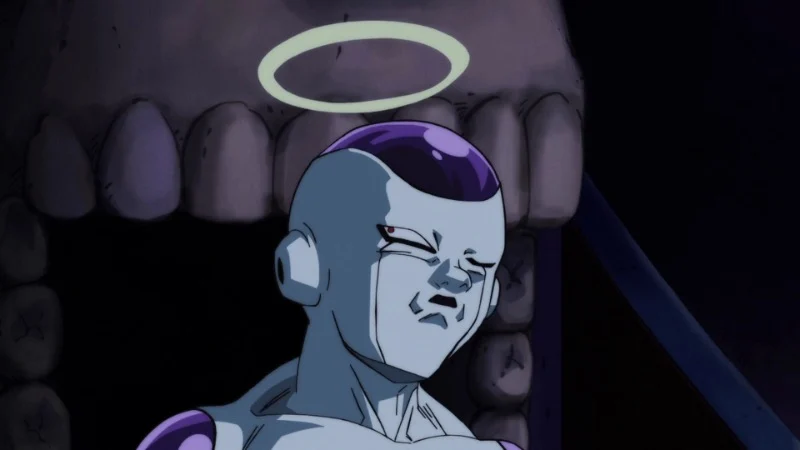 Toei Animation
Toei AnimationCharacters who die and keep fighting wear halos in ‘Dragon Ball Z’. In several scenes the halo vanishes when a cut switches angles, then returns when the camera changes again. Group shots sometimes forget a halo entirely for one character while keeping it for another who shares the same status.
This is a continuity tracking issue during multi layer action. Effects layers with the halo can drop out when cuts are retimed or composited quickly. When sequences reuse earlier frames, the halo may be missing if the source cel lacked the effect in that moment.
Namekian blood color that changes from scene to scene
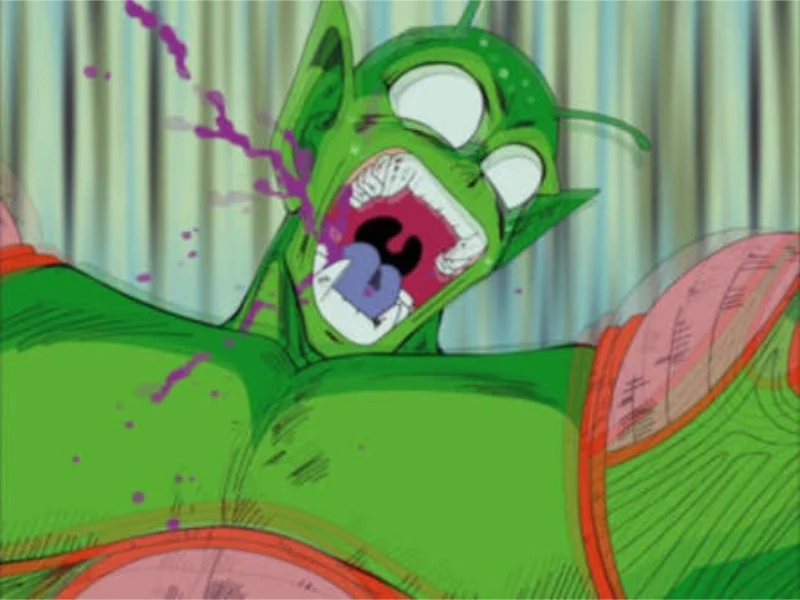 Toei Animation
Toei AnimationPiccolo and other Namekians bleed in multiple fights, yet the blood shows different colors across episodes. Some cuts depict purple blood during heavy damage, while other injuries show green staining on clothing and terrain. The shift can happen even within a single confrontation.
The discrepancy comes from adapting material with one established color while using animation paints from a different reference. Lighting filters and correction passes also push hues toward green or purple. When scenes are intercut, the change becomes obvious to anyone watching closely.
Nappa’s hair in flashback that clashes with Saiyan hair rules
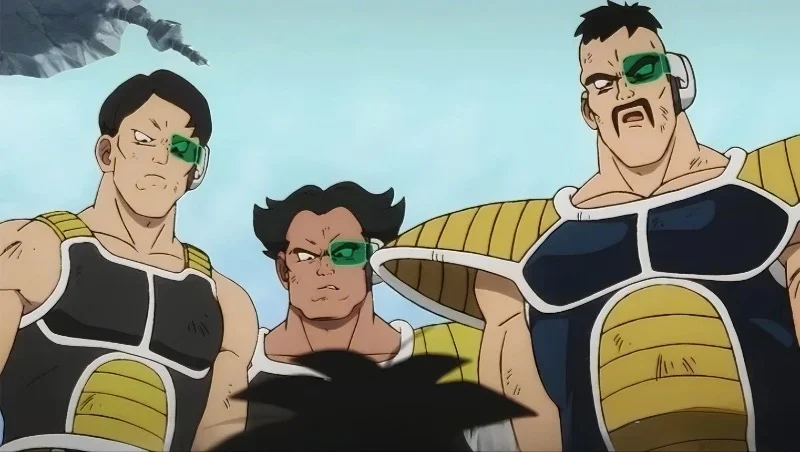 Toei Animation
Toei AnimationA flashback features a younger Nappa with visible hair, while the series states that a Saiyan’s hairstyle does not change after birth. The same character is bald throughout the present timeline. The rule and the image live side by side without an on screen explanation.
Later material clarifies that facial hair can grow, but the shot in question reads as a head hair design rather than only facial hair. Since no scene revisits the contradiction, the flashback remains a notable exception to the stated rule about Saiyan hair consistency.
Dragon Balls on Namek that change size in characters’ hands
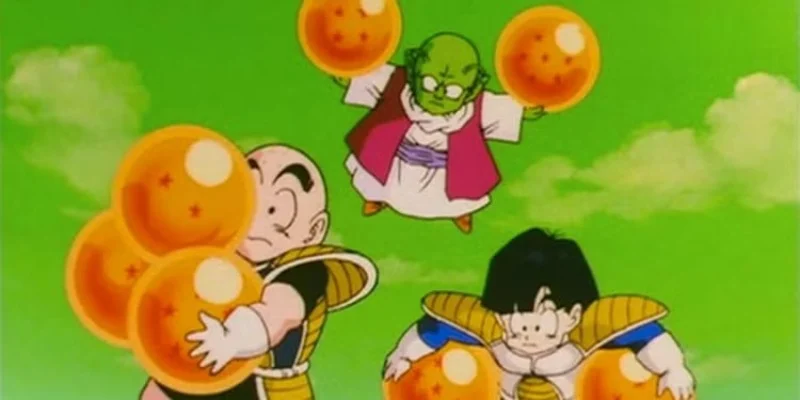 Toei Animation
Toei AnimationThe Namekian Dragon Balls are shown as significantly larger than the Earth set. Even so, their on screen size changes between cuts. In one scene a character can lift one with arms barely spread. In another the same orb looks wider than the character’s torso by a clear margin.
Different teams animated the props at scale by eye, and action boards sometimes prioritized composition over exact measurements. When the episode assembles these shots, the resulting sphere size varies enough that the difference is easy to spot across consecutive scenes.
Share the slip you noticed first in the comments and tell us which other ‘Dragon Ball Z’ moments jumped out at you.

.jpeg)
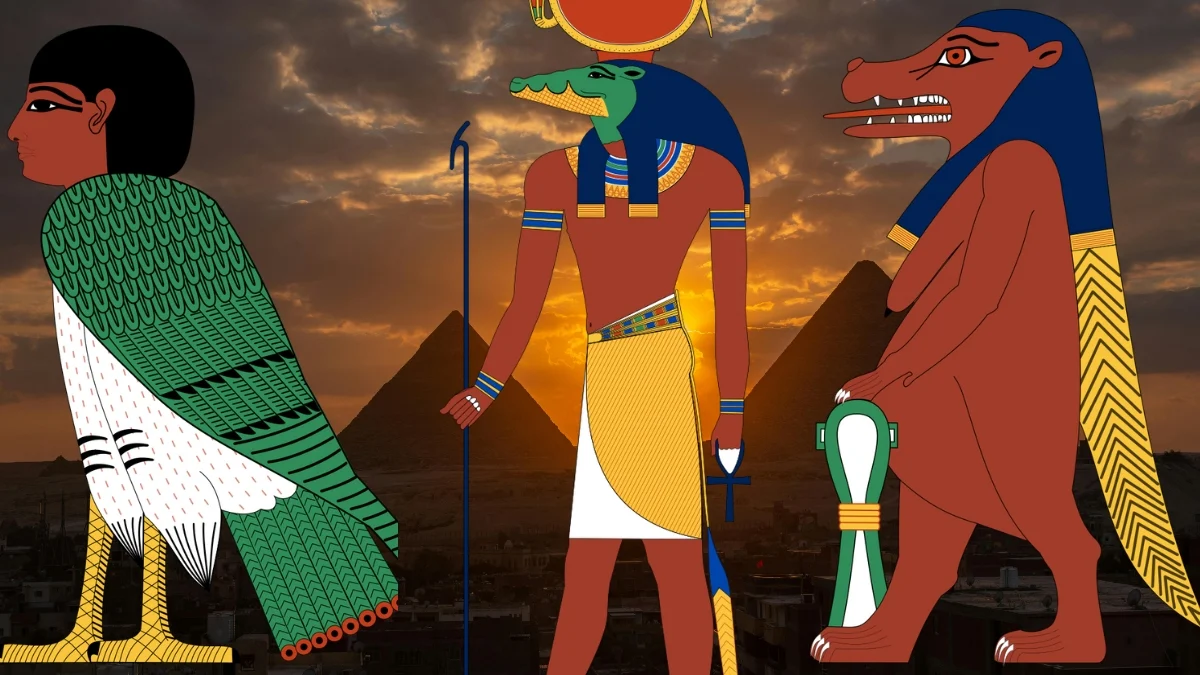
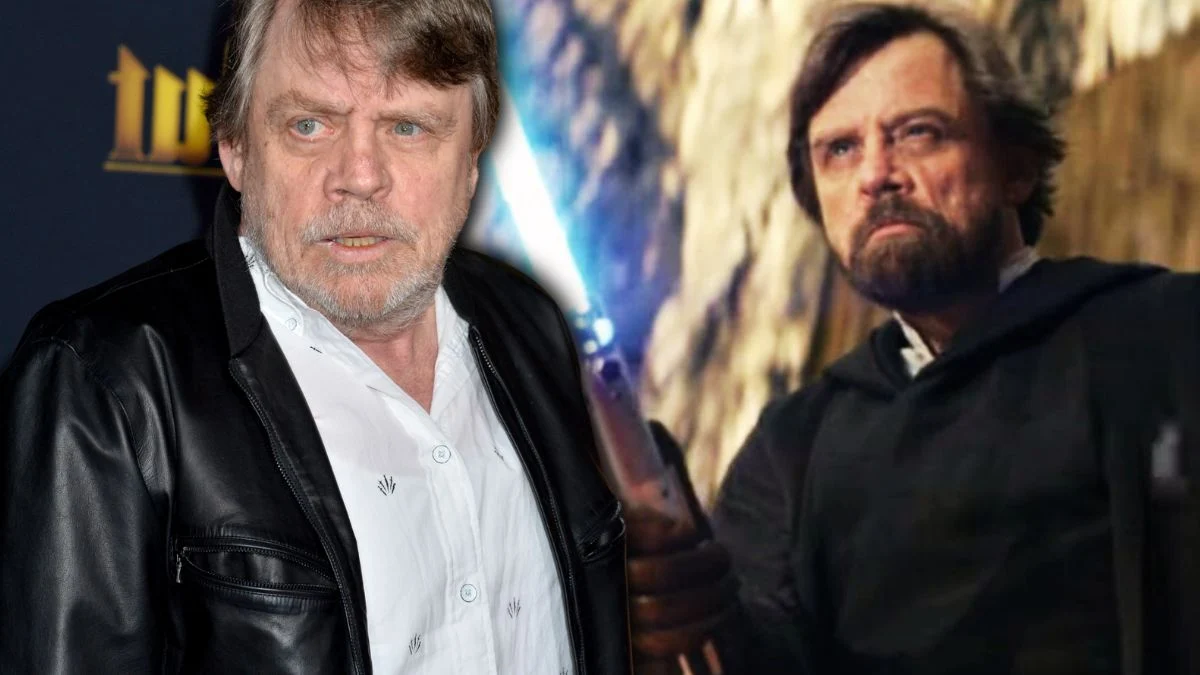

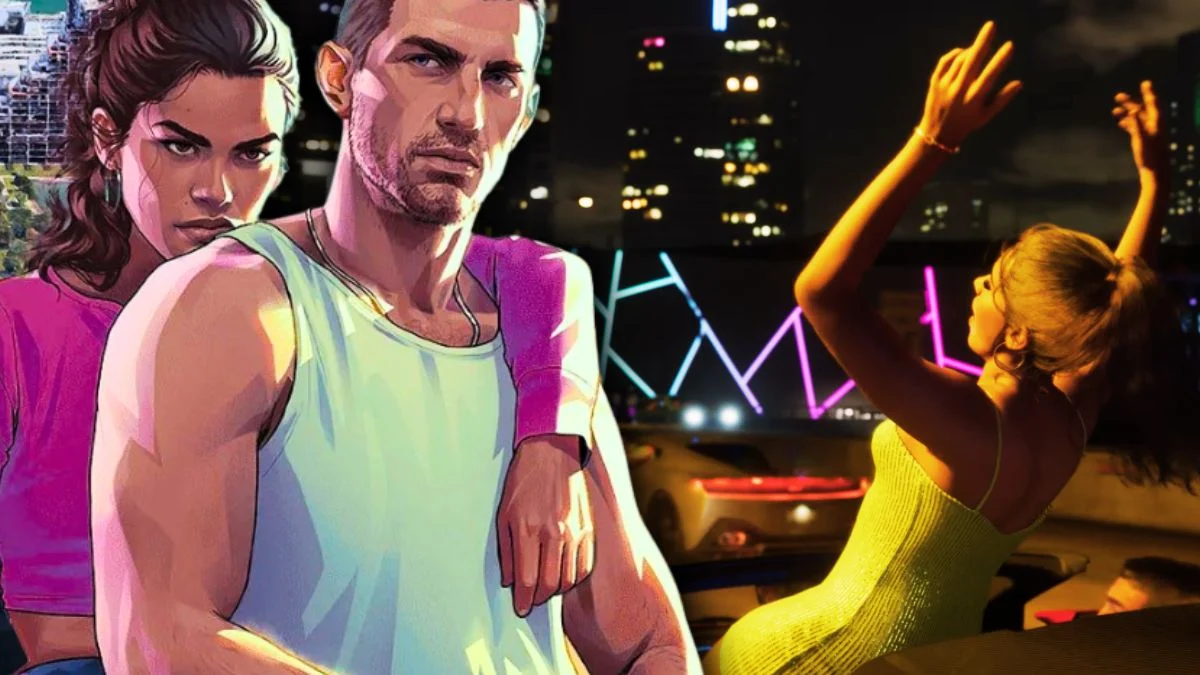


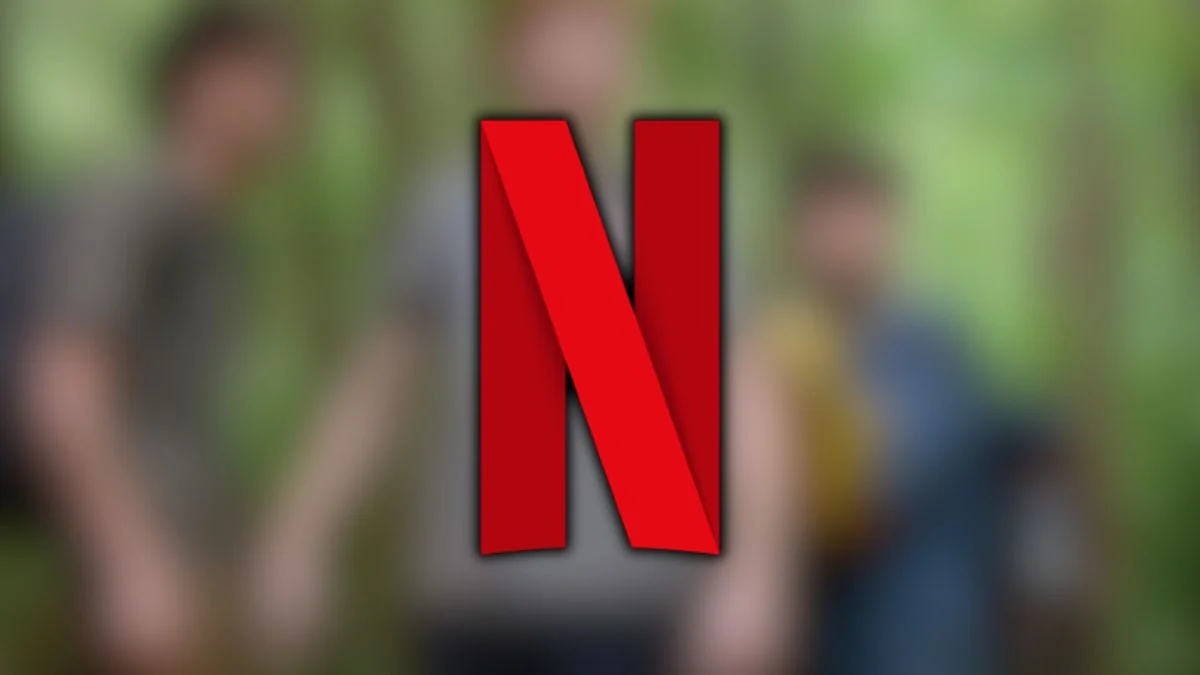

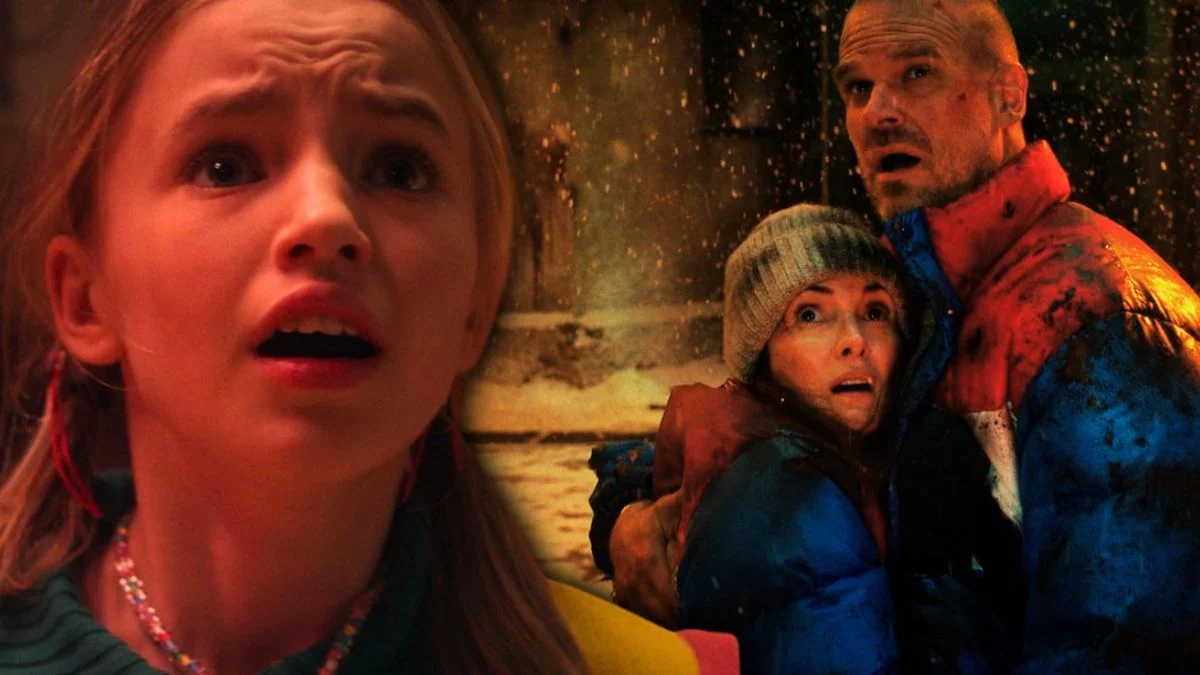
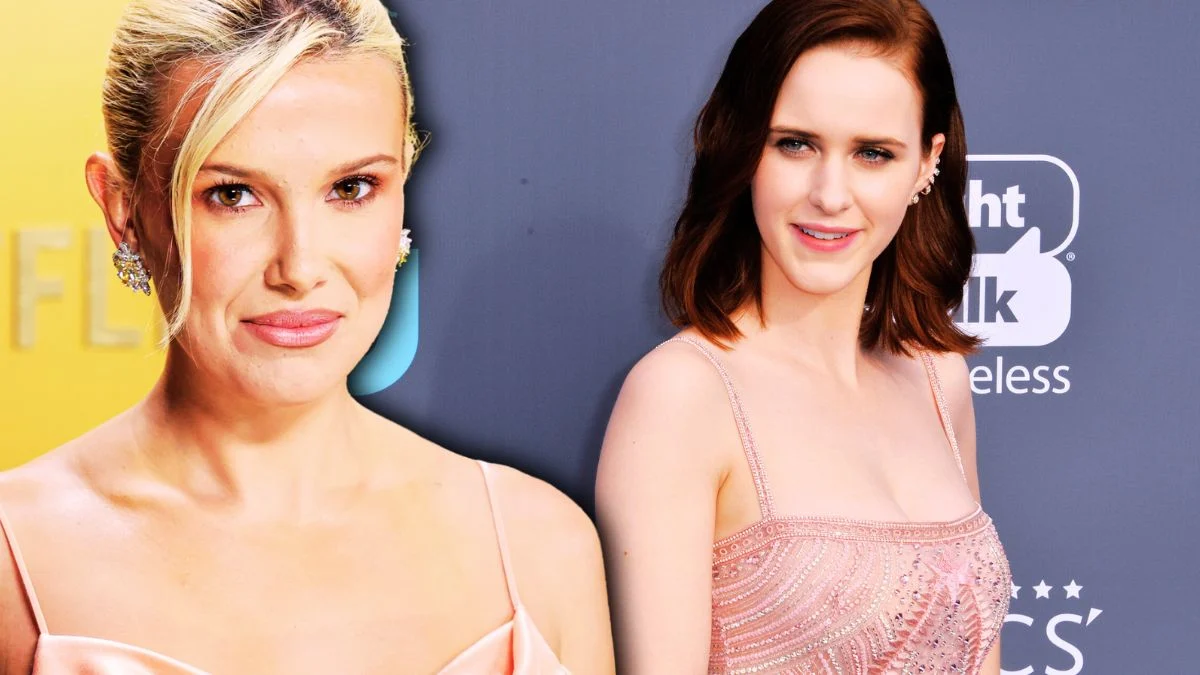
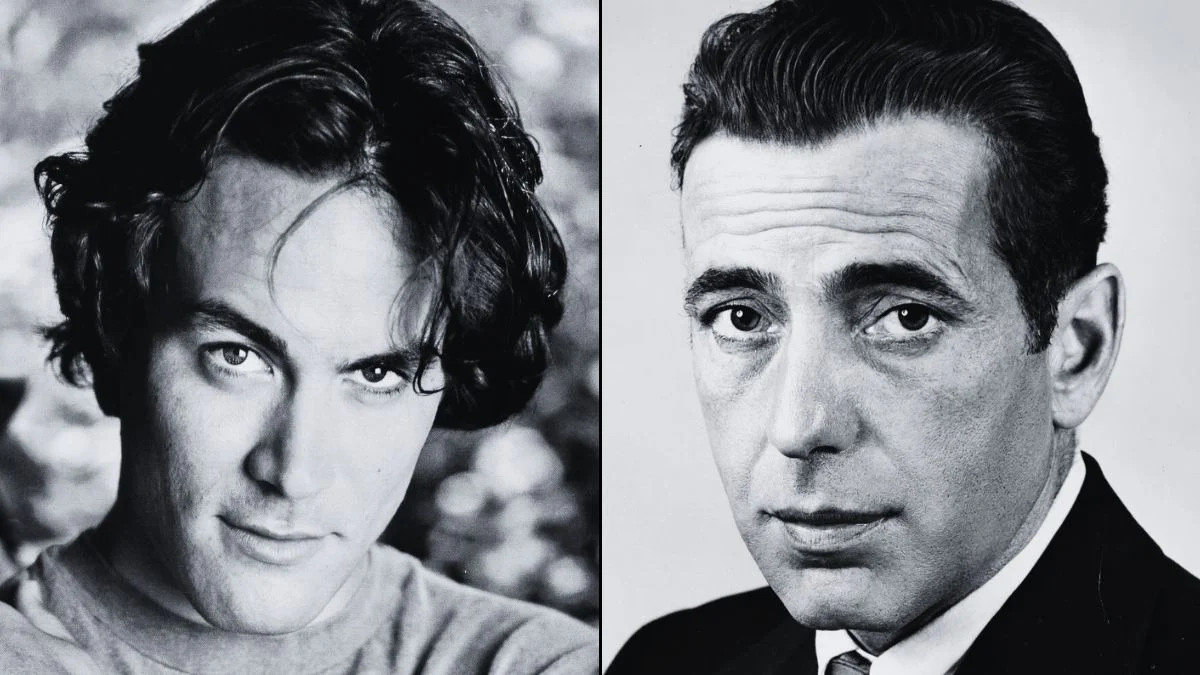

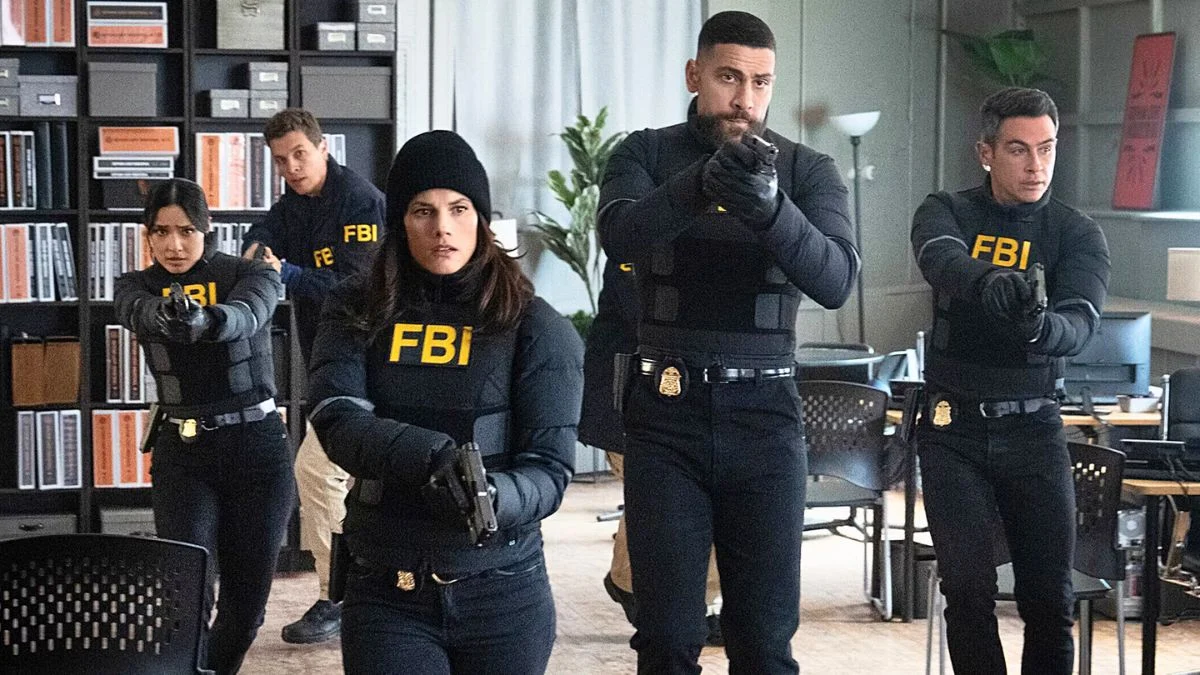

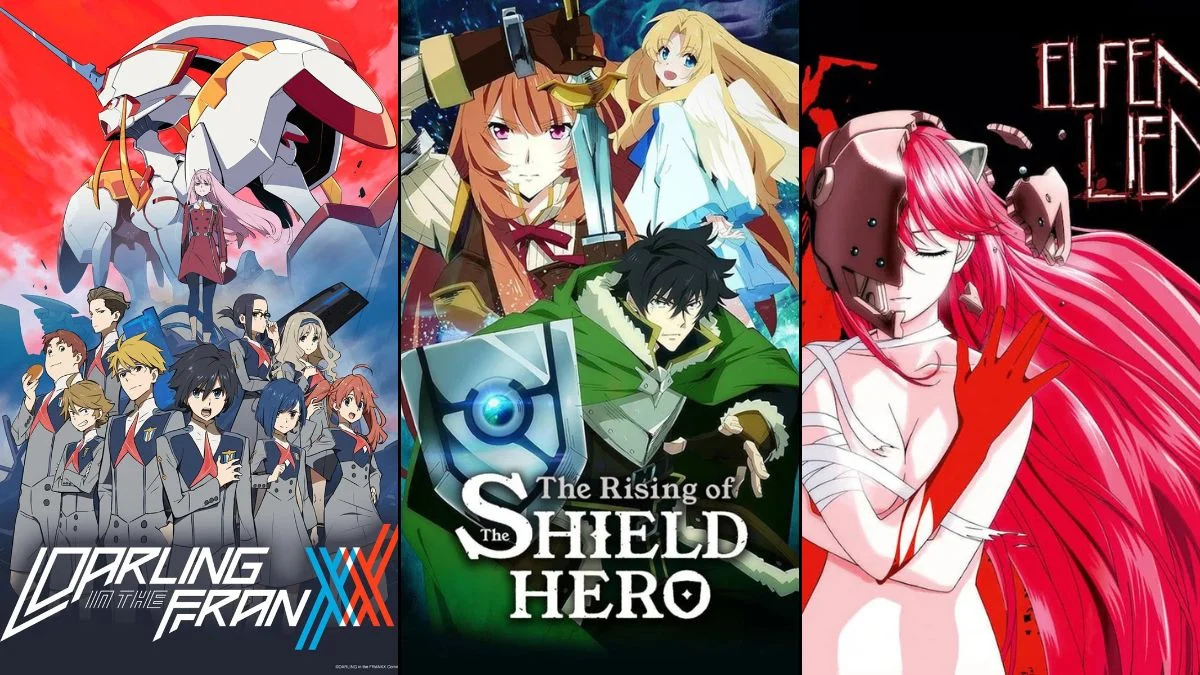
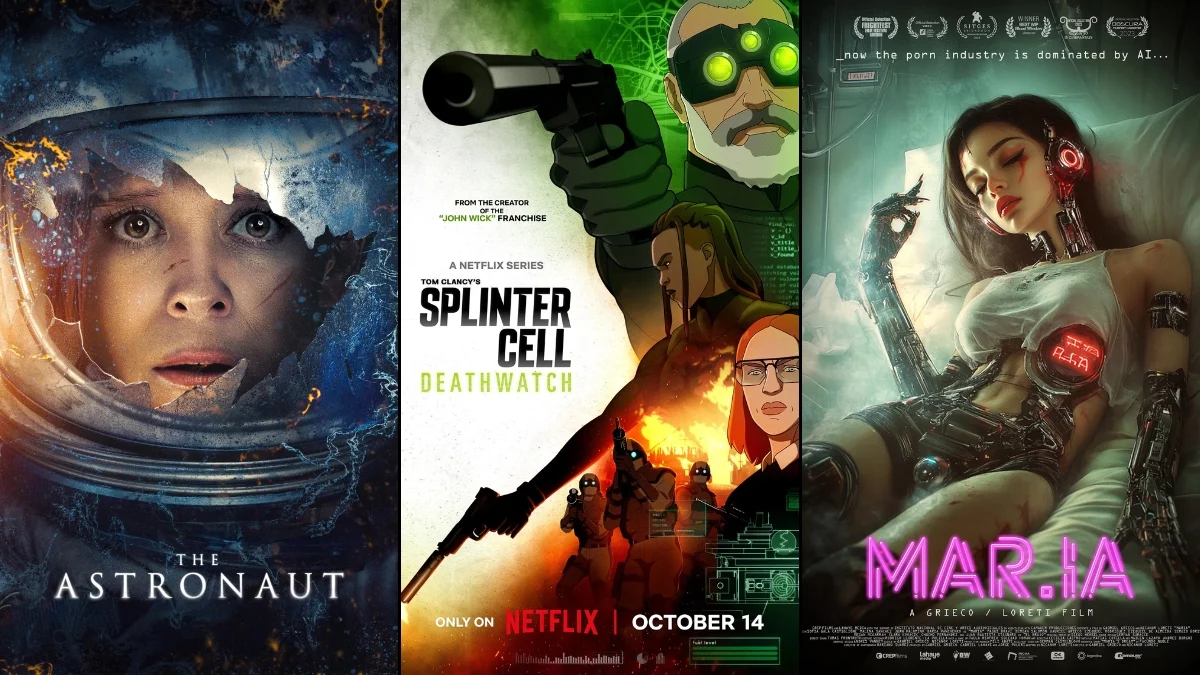

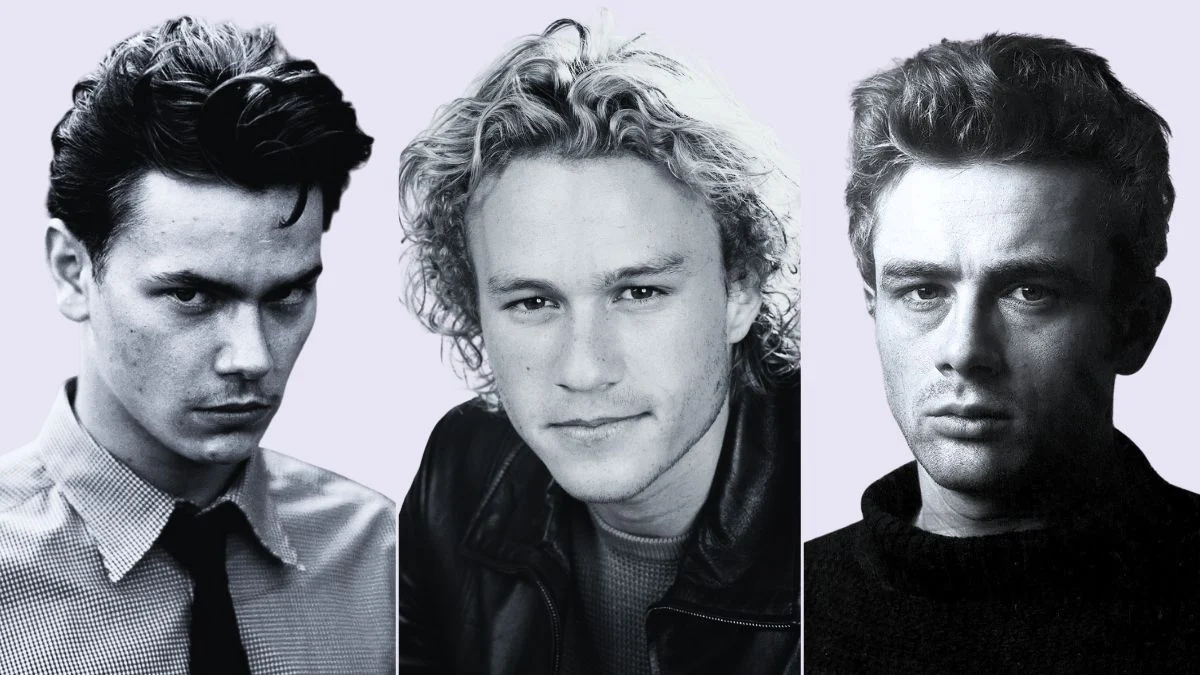



.jpeg)













 English (US) ·
English (US) ·